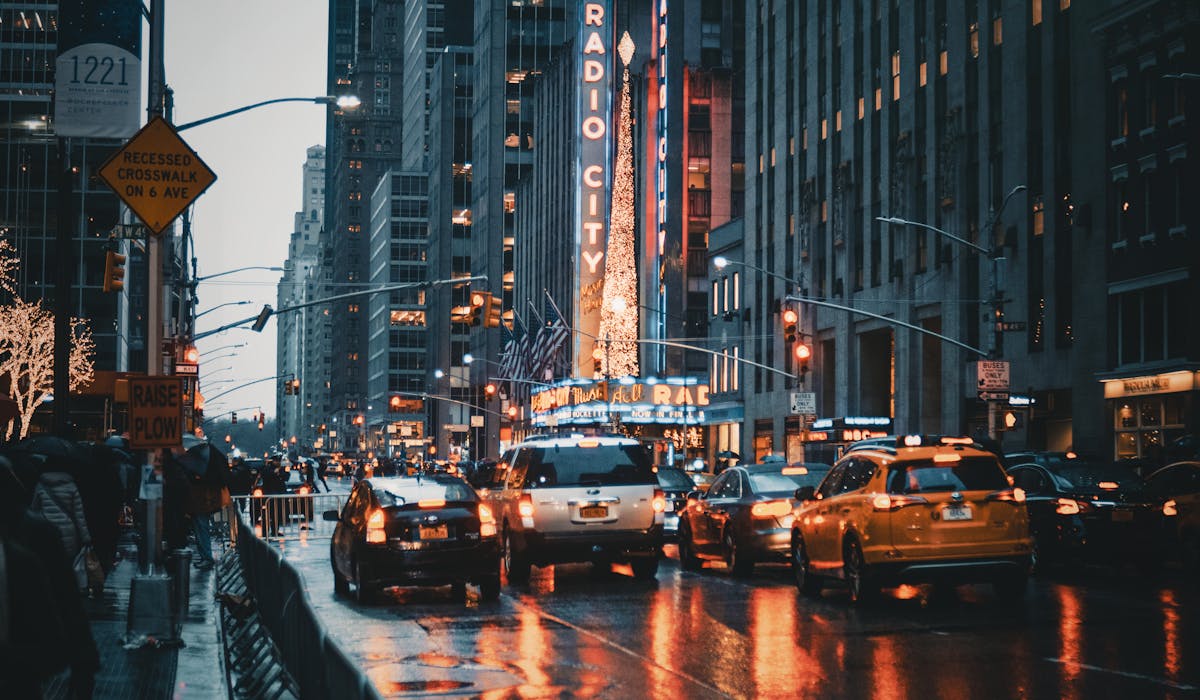Some Of Framing Streets
Some Of Framing Streets
Blog Article
The 4-Minute Rule for Framing Streets
Table of ContentsA Biased View of Framing StreetsThe Best Strategy To Use For Framing StreetsThe 15-Second Trick For Framing Streets3 Easy Facts About Framing Streets Described

Both at the Gallery of Modern Art (Mo, MA). Inspired by Frank, in the 1960s Garry Winogrand, Lee Friedlander and Joel Meyerowitz started photographing on the roads of New York. Phil Coomes, composing for BBC News in 2013, said "For those people interested in road photography there are a couple of names that stand out and one of those is Garry Winogrand"; movie critic Sean O'Hagan, creating in in 2014, claimed "In the 1960s and 70s, he defined road photography as an attitude along with a design and it has laboured in his darkness since, so clear-cut are his photos of New York." Returning to the UK in 1965 from the United States where he had fulfilled Winogrand and embraced road digital photography, Tony Ray-Jones transformed a wry eye on often unique groupings of British people on their vacations or joining events.
Road photography is a huge genre that can be specified in many methods, but it is usually defined by the spontaneous recording of an unrepeatable, fleeting moment, usually of the daily going-ons of strangers. It is characteristically fired with bigger angle lenses (e. g. 35mm) and generally features metropolitan settings.
Getting My Framing Streets To Work
Docudrama photographers usually have a specified, deliberate message and a purpose to videotape particular events in background (https://www.domestika.org/en/framingstreets1). The range of the documentary technique incorporates facets of journalism, art, education, sociology and history. In social investigation, documentary photos are usually intended to provoke, or to highlight the need for, societal change
Street photography is typically seen as unposed and honest, yet there are a couple of road photographers that connect with strangers on the streets and take their pictures. Road pictures are unintended pictures taken of unfamiliar people while out doing road photography, however they are seen as presented since there is communication with the topic.
e. 'candid digital photography' by definition) for fine art functions has been questionable. Photographing individuals and places in public is legal in a lot of countries protecting freedom of speech and journalistic flexibility. There are normally limitations on exactly how photos of individuals may be made use of and most nations have particular legislations concerning people's privacy.
Framing Streets Things To Know Before You Get This
The right to privacy is shielded by Article 8 of the convention. In the context of photography, it stands at chances to the Short article 10 right of liberty of expression. Courts will normally take into consideration the public passion in balancing the rights through the legal examination of symmetry. While likewise limiting digital photography in order to protect personal privacy civil liberties, road digital photography can still be lawful in France when gone after as an art type under specific situations.

. who simply strayed into a scene), or that are not also well-known in the picture. https://anotepad.com/note/read/qd4qdia6. It also does not usually reach people that are somebodies (e. g - Street photography hashtags. politicians or celebs). If a photo is taken into consideration art, the courts will also consider the professional photographer's freedom of creative expression; suggesting that "artful" street digital photography can still be lawfully published in specific cases
See This Report about Framing Streets
Photographing the cops and releasing the pictures is also legal.
In Hungary, from 15 March 2014 any person taking pictures is technically breaking the regulation if someone wanders into shot, under a new civil code that outlaws taking pictures without the permission of every person in the picture - 50mm street photography. This increases the legislation on permission to consist of the taking of photos, in addition to their publication
'Covert photography' (kakushidori hidden, surreptitious digital photography) 'swiped digital photography' (nusumitori without any objective of obtaining consent) and "fast digital photography' (hayayori prior to permission and rejection can be offered) are prohibited unless in the former approval is obtained from the subject immediately after taking the image. People have legal rights to their pictures (shzken, important site droit de photo).
Report this page